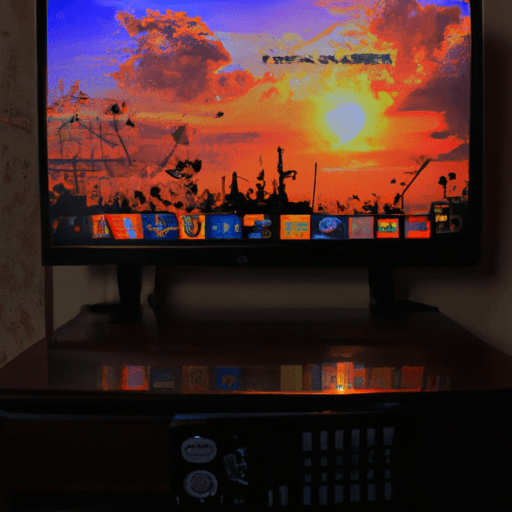435
Newsletter
Subscribe to our newsletter for exclusive content, latest news and trends, and exciting new features.
Categories
Environment and sustainabilityArts and cultureMusic and EntertainmentEntertainmentFood and cookingLiterature and writingEducation and learningPets and animalsGaming and esportsLifestyleBusiness and entrepreneurshipHealth and wellnessHome and gardenScience and natureSports and fitnessTravel and tourism
Beauty and personal careTechnology


















Comments
Leave a Comment